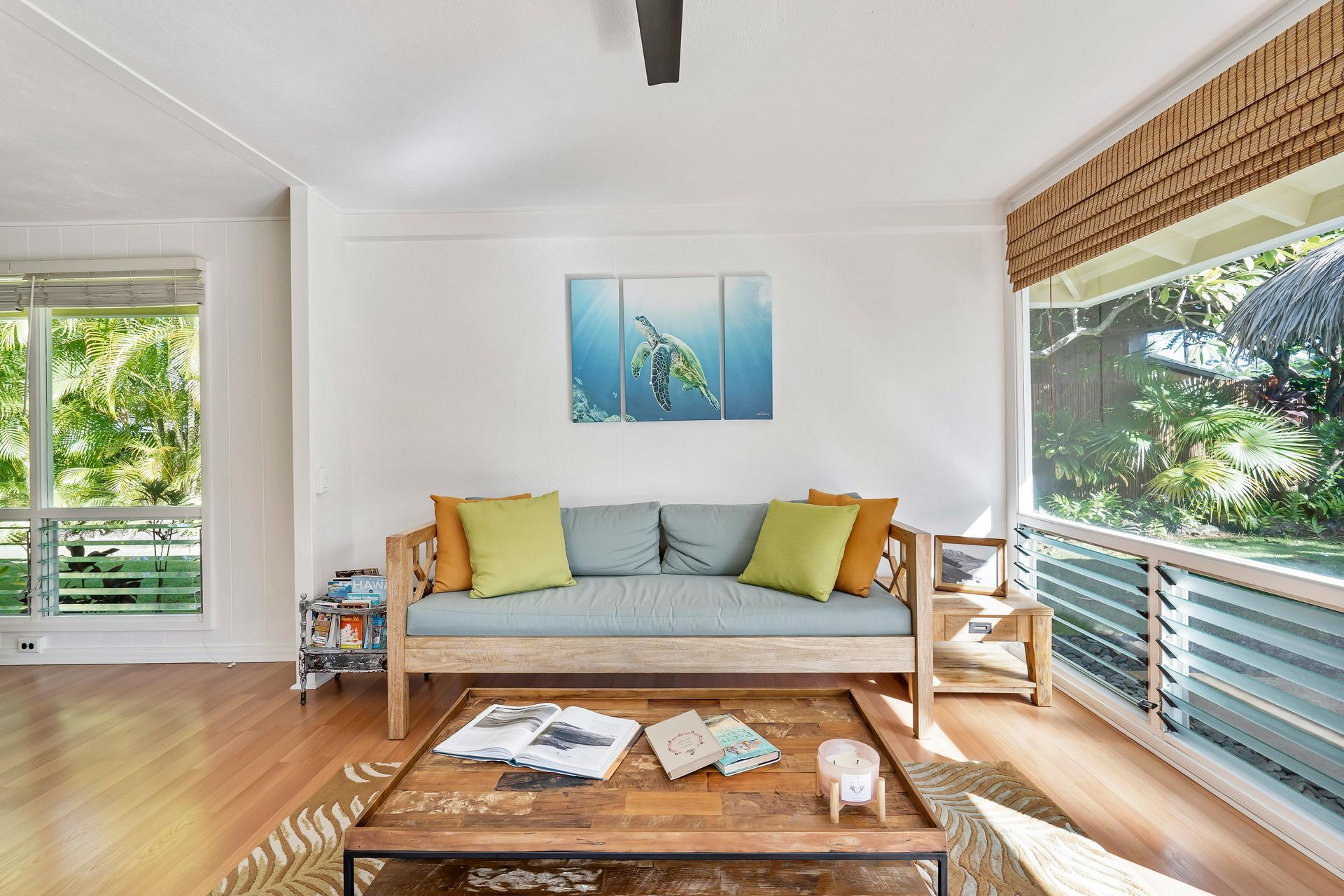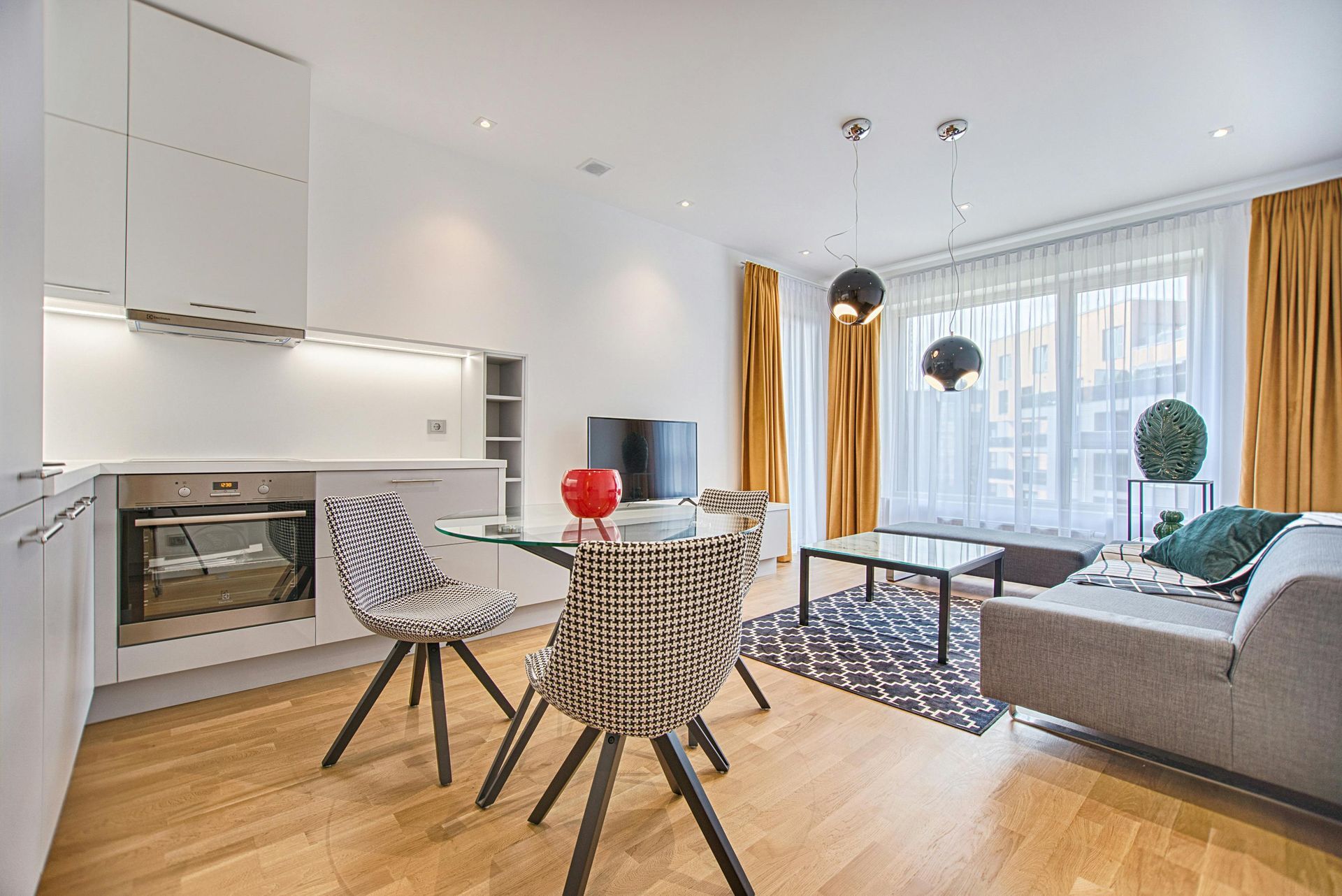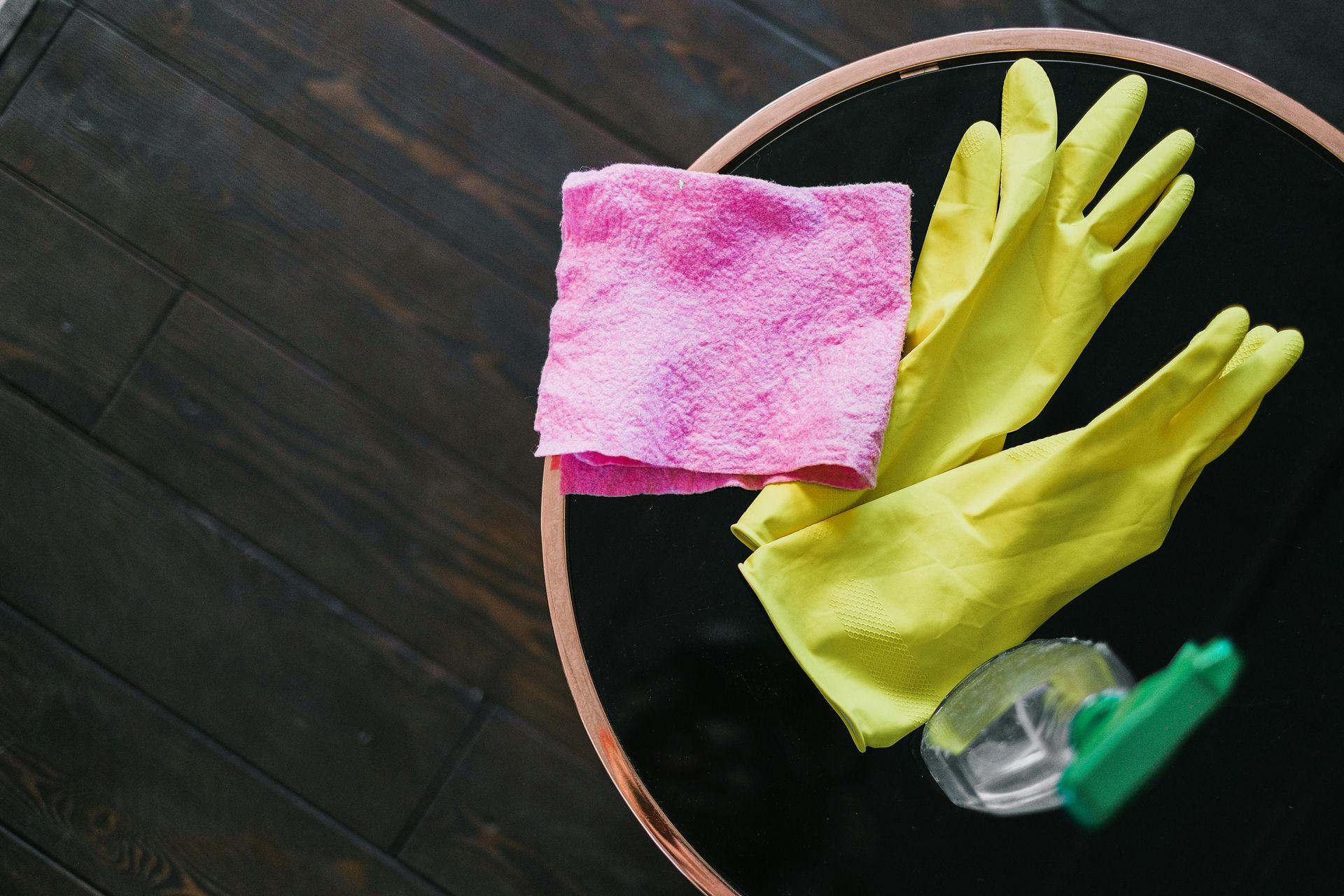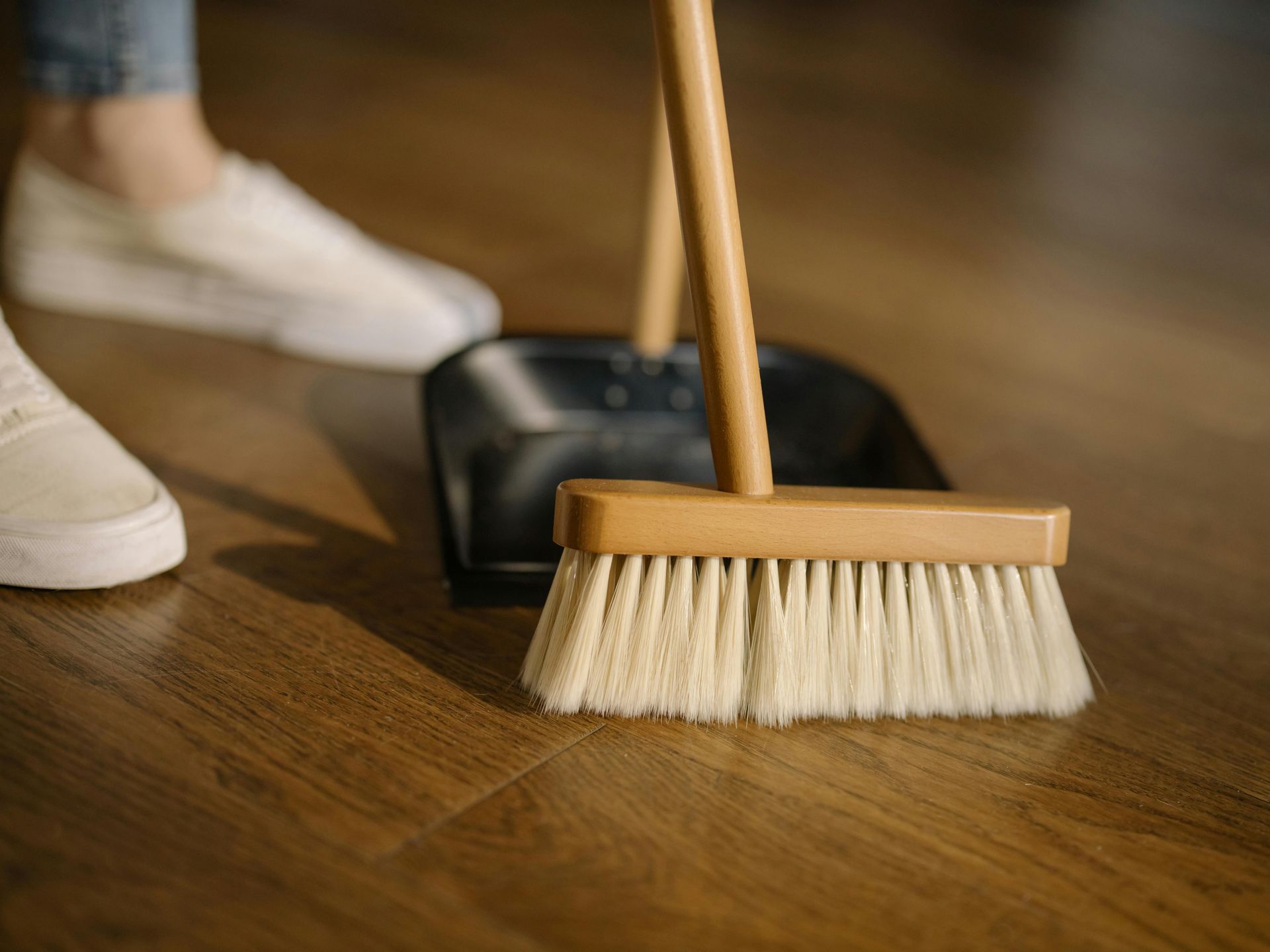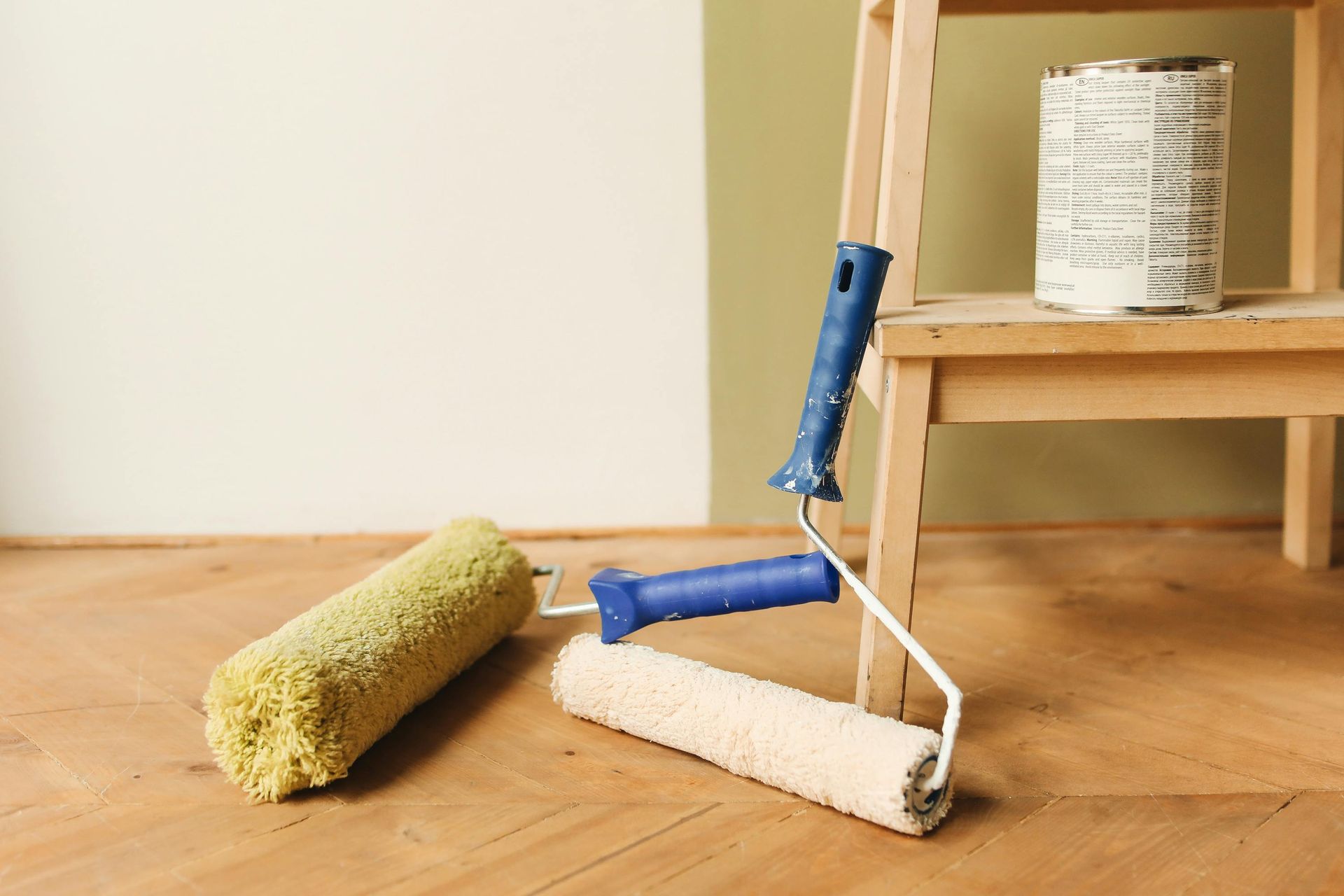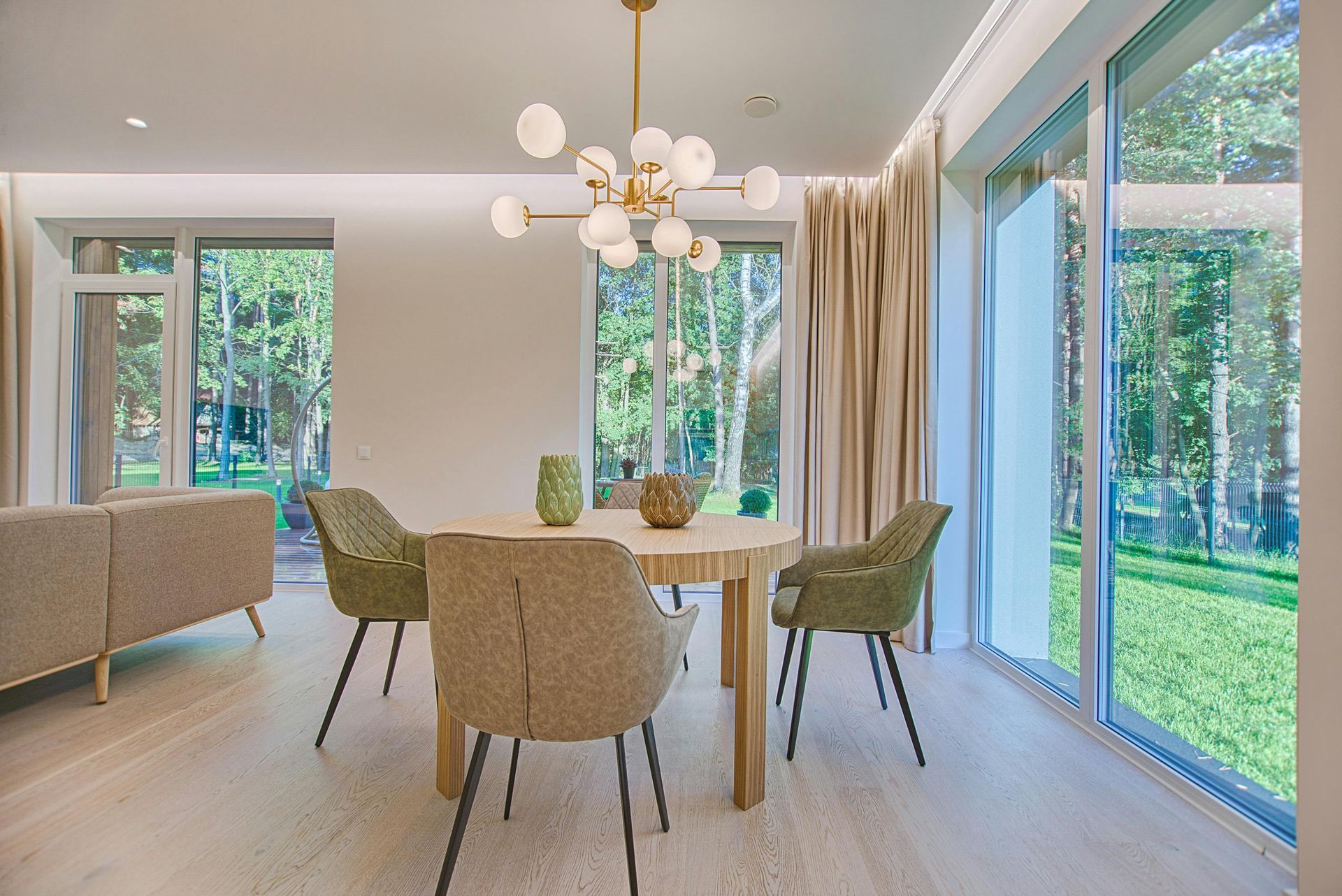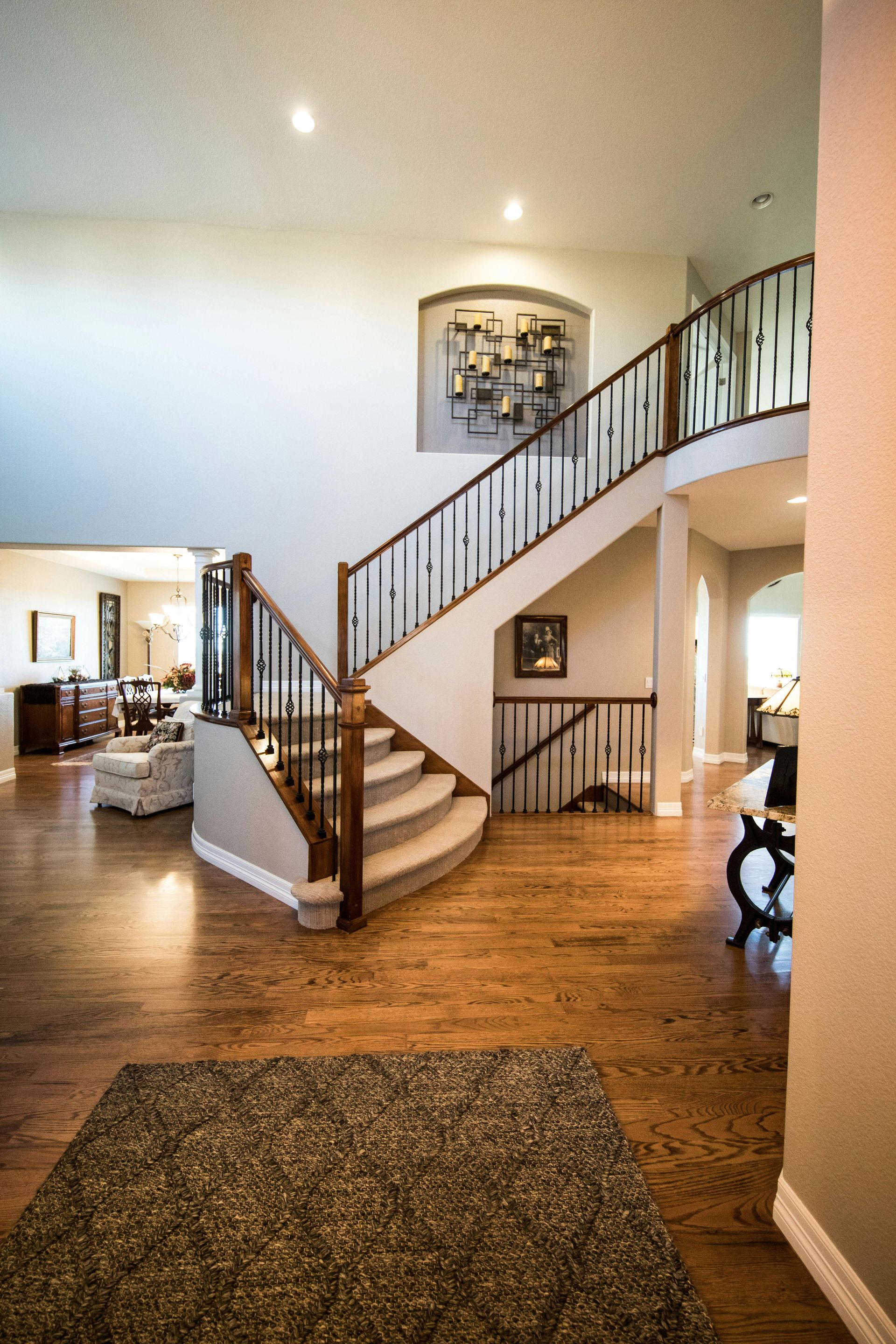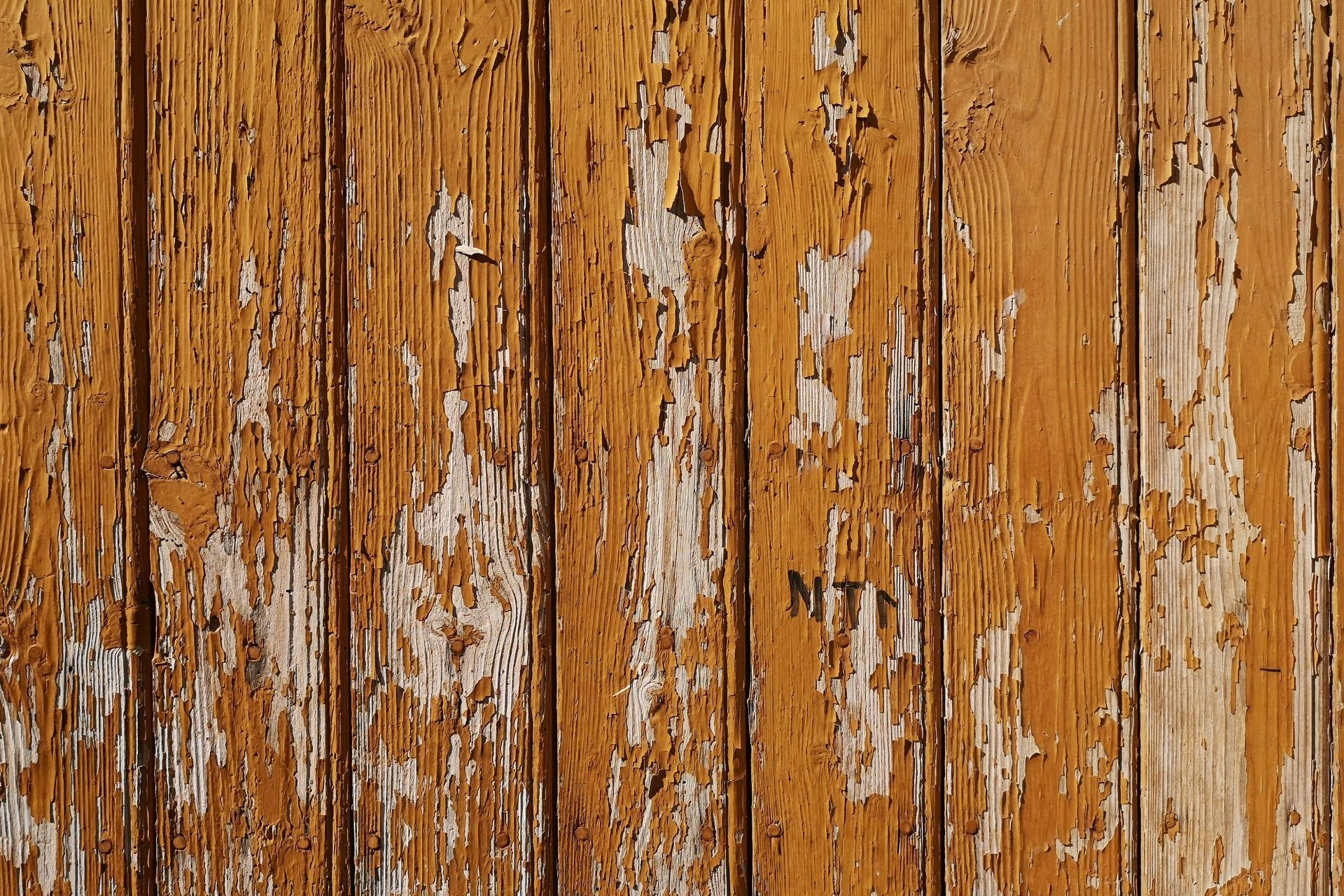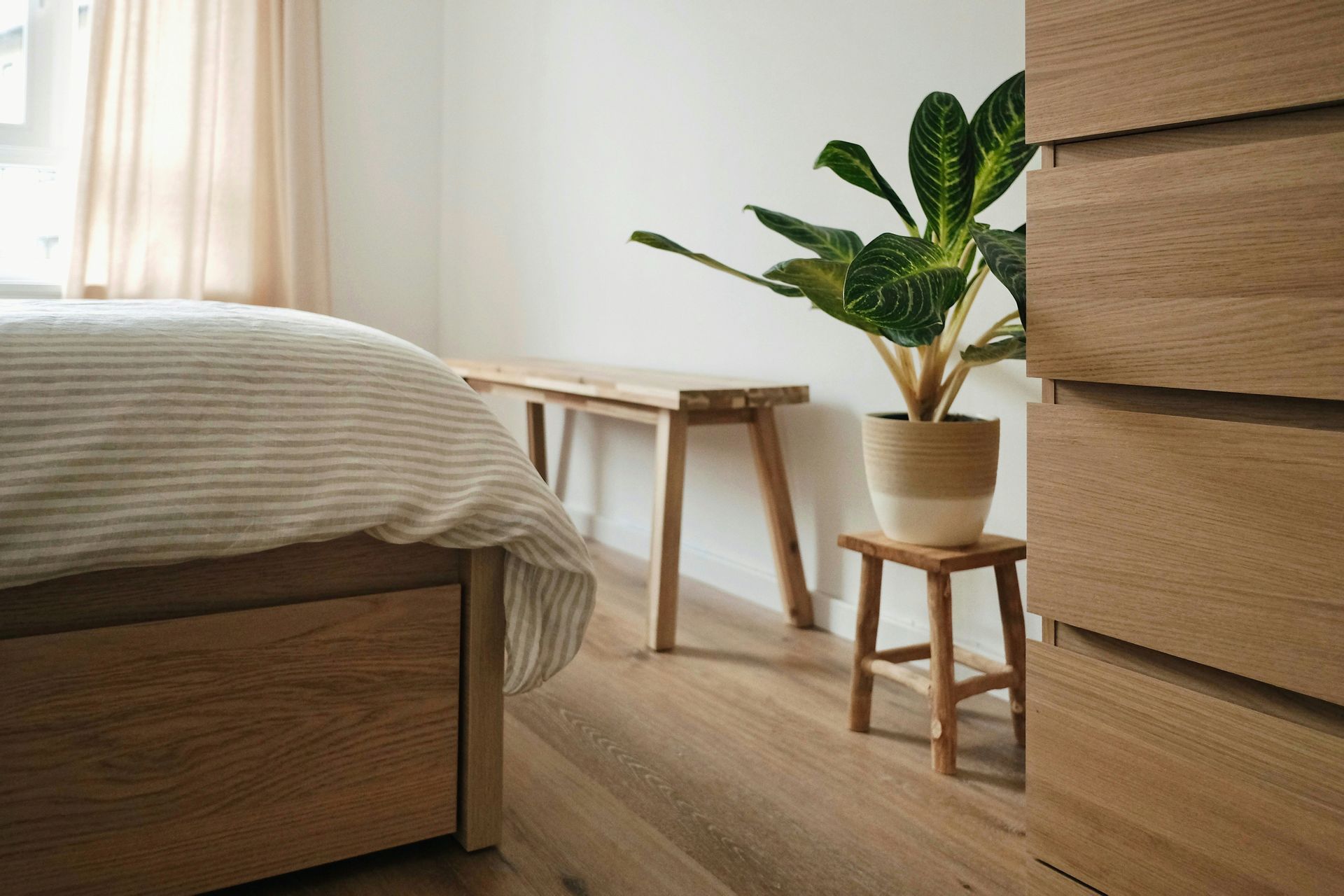What is Engineered Hardwood? A Homeowner's Guide
Engineered hardwood is like real wood’s cooler, more stable cousin. It’s made with a thin hardwood layer on top of sturdy plywood, which means it handles humidity and temperature changes well. It looks great, feels warm underfoot, and fits in spots where solid wood might be problematic, like basements or over radiant heat. Plus, it’s usually easier on your wallet and requires shorter installation time. Here, discover how manmade wood can fit perfectly in your home.
Key Takeaways
- Engineered hardwood combines a hardwood veneer top layer with multiple plywood layers for enhanced stability and resistance to warping and moisture.
- It is suitable for installation in moisture-prone areas like basements and over radiant heating due to its dimensional stability.
- Compared to solid hardwood, engineered hardwood offers easier installation, better humidity resistance, and often a more affordable price point.
- Maintenance involves wiping spills immediately, avoiding soaking, and using rugs in high-traffic areas to protect the finish and prolong floor life.
- Choosing sustainably sourced engineered hardwood with certifications like FSC supports environmental responsibility and ensures quality materials.
Understanding Engineered Hardwood Flooring
Engineered hardwood flooring offers the beauty of traditional hardwood with enhanced practical benefits. When you choose it, you get authentic wood aesthetics combined with performance features suited for modern living.
One significant engineered hardwood benefit is its stability. You won't need to worry as much about warping or swelling when weather conditions change, which is ideal if you live in areas with high humidity or temperature fluctuations. Additionally, its layered construction allows installation in spaces where solid wood might not be suitable, such as basements or over radiant heating systems.
As for engineered hardwood aesthetics, these floors come in numerous wood species, finishes, and textures, making it easy to find the style that complements your home. Consider classic oak, rich walnut, or contemporary gray tones.
Essentially, it's a practical, stylish choice that creates a warm and inviting atmosphere in your space.
How Engineered Hardwood Is Manufactured
When you examine engineered hardwood, you'll notice a strategic combination of layers bonded together for enhanced strength and stability.
The top layer, called the wood veneer, is carefully selected to provide that authentic hardwood appearance. Let's explore how these layers work together and why proper veneer selection matters.
Layer Construction Process
The manufacturing of engineered hardwood involves precisely layering wood components to create a strong, stable floor.
You start with different layer types, each serving a specific purpose. The top layer, called the veneer, showcases the wood's natural beauty. Below that, core materials provide the floor with strength and flexibility. These layers are glued and pressed firmly to create a unified structure.
Here's what comprises the layer construction process:
- A hardwood veneer on top for aesthetic appeal and durability
- Core materials like plywood or high-density fiberboard for structural support
- Cross-layered plies that resist warping and moisture damage
- A sturdy backing layer to maintain balance and stability
This intelligent layering design ensures your floor withstands daily use and environmental changes effectively.
Wood Veneer Selection
Selecting the right wood veneer is essential for achieving your desired aesthetic. When it comes to wood selection, you have various options, each offering distinct characteristics. Some veneer types display bold grain patterns, while others present smooth, subtle appearances.
Consider how different wood species align with your interior style and daily lifestyle needs. Oak provides classic appeal and durability, while maple offers a lighter, fresher aesthetic.
Advantages of Choosing Engineered Hardwood
For a floor that delivers both visual appeal and longevity, engineered hardwood is an excellent option. It provides a balanced combination of cost benefits and aesthetic appeal that aligns with various styles and budgets. You achieve the rich, warm appearance of real wood at a more accessible price point, and it performs well under everyday use.
Here's why engineered hardwood is worth considering:
- Greater stability in varying temperatures and humidity levels, reducing warping concerns
- Easier and often quicker installation process, minimizing project time
- Wide range of styles available to match your home's aesthetic
- Simple maintenance requirements, making it practical for busy households
With engineered hardwood, you're selecting a floor that combines beauty with durability—an option many homeowners appreciate.
Comparing Engineered Hardwood to Solid Hardwood
When choosing between engineered and solid hardwood, understanding their structural differences and performance characteristics is helpful. You'll also want to consider installation methods, as these can significantly impact your project.
Let's examine these key differences to help you make an informed decision for your space.
Composition Differences
While engineered hardwood and solid hardwood may appear similar at first glance, their composition is quite different.
When you look beneath the surface, the composition variations become clear. Engineered hardwood features real wood veneers over a plywood or fiberboard core, while solid hardwood consists of a single solid piece of wood throughout. Your material choices here influence floor performance and characteristics.
Here's a breakdown of their composition differences:
- Engineered uses multiple layers bonded together for strength
- Solid hardwood is a single solid plank of wood
- Veneer thickness in engineered hardwood varies, affecting refinishing potential
- Core materials in engineered hardwood can include plywood or HDF
Understanding these distinctions helps you select the best option for your home.
Durability and Stability
Durability and stability are critical factors when selecting hardwood floors, and they significantly influence long-term performance.
Engineered hardwood typically excels in this area because it handles temperature and humidity changes better than solid hardwood. Due to its layered construction, it resists warping and swelling, reducing concerns about gaps or uneven surfaces. Additionally, it generally offers better water resistance, making it suitable for kitchens or basements.
As for scratch resistance, both types handle normal wear, but engineered hardwood often features more durable finishes that withstand daily use effectively.
Installation Methods
Because engineered hardwood handles moisture and temperature variations better, it also provides more installation flexibility.
Unlike solid hardwood, which primarily requires nail-down installation, engineered hardwood allows you to choose from different installation methods suited to your space and skill level.
Here are your options:
- Nail down: Ideal for wood subfloors, providing a solid, traditional installation
- Glue down: Perfect for concrete or uneven surfaces, ensuring secure adhesion
- Floating floor: DIY-friendly option where planks click together without nails or glue
- Staple down: A faster method, similar to nail down but less invasive
This flexibility allows you to select the installation method that best suits your home's needs.
Ideal Installation Locations for Engineered Hardwood
Selecting appropriate locations for your engineered hardwood significantly affects its appearance and longevity. You'll want to choose the best rooms where moisture levels remain consistently low, as engineered hardwood handles humidity better than solid wood but still performs poorly in wet conditions.
Consider living rooms, bedrooms, and dining areas—spaces where you and your family gather regularly. These rooms typically maintain stable moisture levels, helping your floors remain attractive longer.
Avoid bathrooms, laundry rooms, or basements prone to dampness unless you have comprehensive waterproofing measures in place. Engineered hardwood thrives in everyday living spaces but deteriorates in consistently moist environments.
Maintenance Tips for Engineered Hardwood Floors
Now that you've chosen the ideal location for your engineered hardwood, maintaining its appearance is straightforward. Following a simple maintenance schedule will extend your floor's lifespan and preserve its appearance. You don't need professional expertise, just the right cleaning techniques and practical strategies.
Here are effective tips to maintain your floors:
- Sweep or vacuum regularly to prevent abrasive dirt scratches
- Use a damp mop with a cleaner specifically designed for engineered hardwood, and avoid excessive water
- Place rugs in high-traffic areas to protect the finish
- Wipe spills immediately to prevent stains or warping
Your floors are an important part of your home environment, so they should benefit from regular care.
Follow these guidelines, and your engineered hardwood will maintain its appeal, keeping your space warm and welcoming for years. Consistent maintenance makes a significant difference.
Factors to Consider Before Purchasing Engineered Hardwood
Before purchasing engineered hardwood, you should consider several key factors.
- Evaluate cost considerations. Engineered hardwood can be more economical than solid wood, but prices vary based on wood type, thickness, and finish.
- Don't overlook installation costs. They accumulate quickly, so obtain a detailed estimate.
- Consider the environmental impact. Choosing engineered hardwood made from sustainably sourced wood helps reduce deforestation. Look for certifications like FSC to support environmentally responsible practices.
- Examine the wear layer thickness. This determines how long your floor will last and how many times it can be refinished.
- Consider your installation location. Engineered hardwood handles humidity better than solid wood, making it particularly suitable for basements or kitchens.
Frequently Asked Questions
Can engineered hardwood be refinished like solid hardwood?
You can refinish engineered hardwood, but the refinishing process is more limited compared to solid hardwood. Understanding the durability comparison helps you make an informed choice, ensuring your flooring remains attractive and lasts longer.
Is engineered hardwood eco-friendly or sustainable?
Engineered hardwood can be an environmentally conscious choice, as it minimizes environmental impact by using sustainable materials more efficiently. By selecting certified options, you support eco-friendly practices that align with responsible homeownership.
How does engineered hardwood react to pet scratches?
You'll find engineered hardwood offers good scratch resistance, particularly beneficial for pet owners. Some pet-friendly options feature enhanced finishes, helping your floors maintain their appearance despite scratches and keeping your home welcoming and comfortable.
Can engineered hardwood be installed over radiant heating?
You can install engineered hardwood over radiant heating systems, as it offers excellent compatibility with these systems. Ensure proper radiant heating installation so your home remains comfortable and stylish with this warm flooring choice.
What are the typical warranty terms for engineered hardwood?
If your engineered hardwood develops defects, warranty coverage typically protects you for 20-30 years. Warranty duration varies by manufacturer, so always review the terms to ensure you're confident and secure in your purchase.
Final Thoughts
Now you understand the fundamentals of engineered hardwood and its advantages. It's durable, attractive, and suitable for locations where solid wood isn't ideal. Before making your purchase, consider your installation location and maintenance commitment. Ready to upgrade your floors with less complexity? Engineered hardwood might be an excellent solution. Interested in seeing how it could transform your space? It's definitely worth exploring.
If you're considering engineered hardwood for your home, we are happy to answer your questions!
References:
https://forestplywood.com/blog/plywood-uses/mdf-vs-hdf-how-theyre-different-and-what-theyre-good-for/
https://fsc.org/en/businesses/wood

